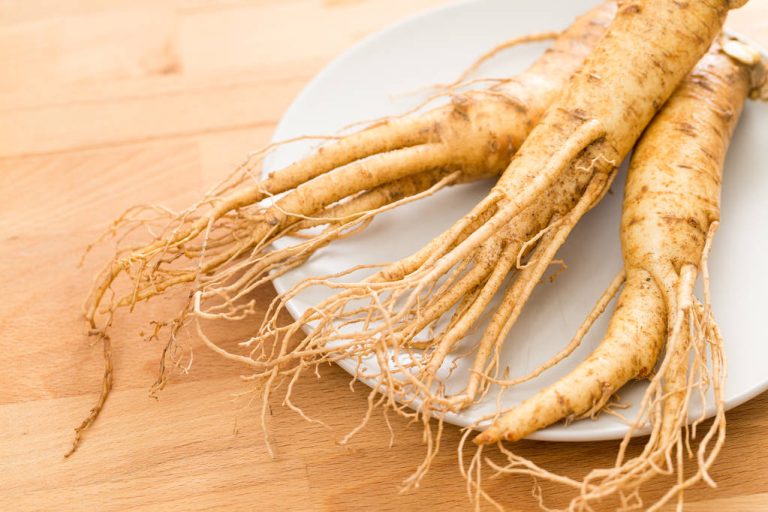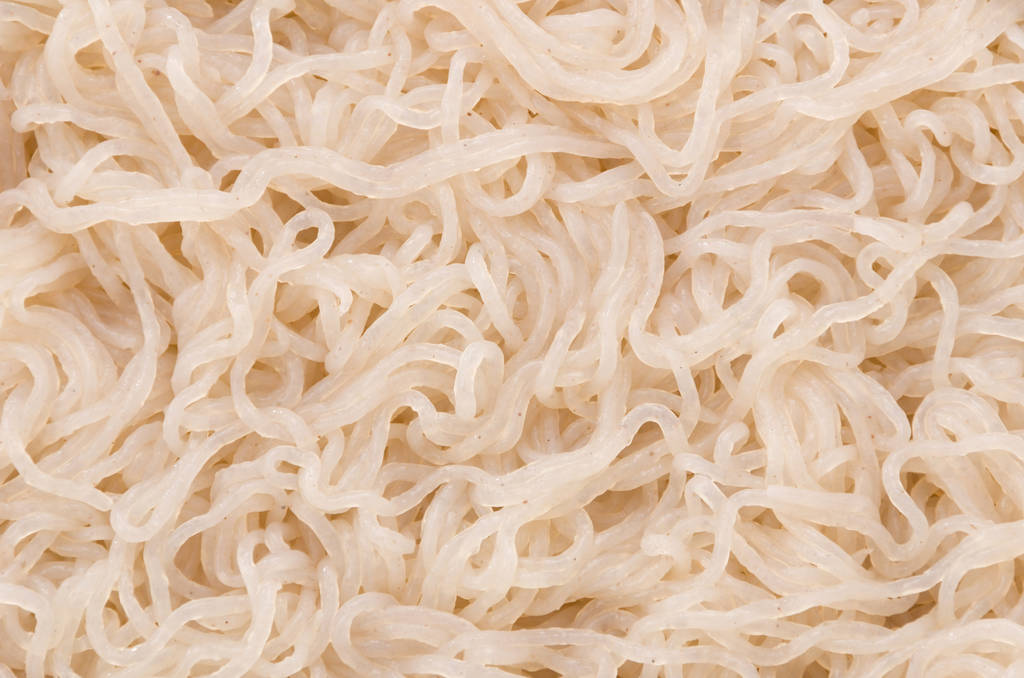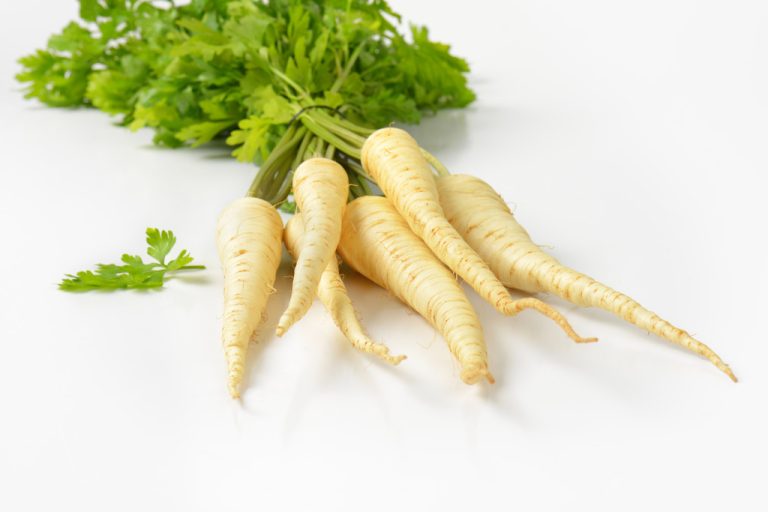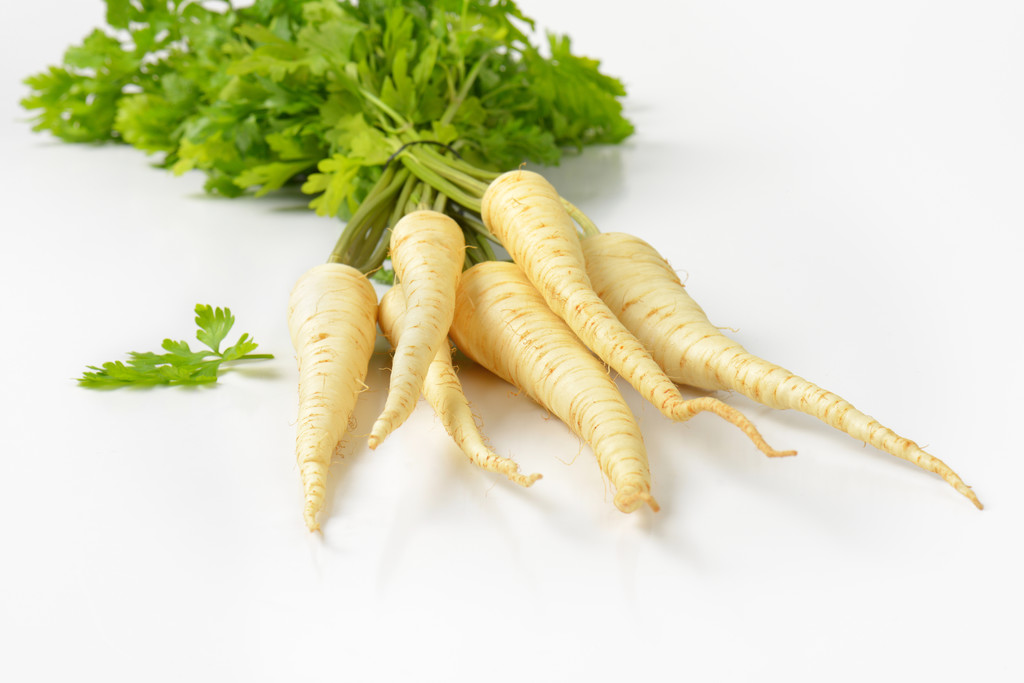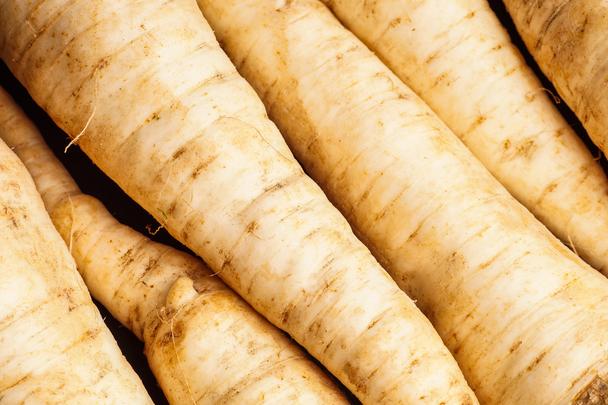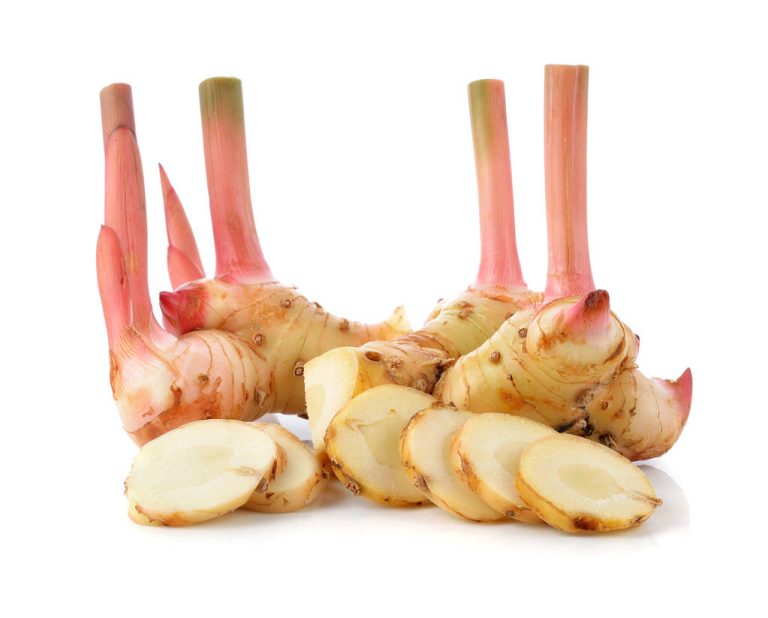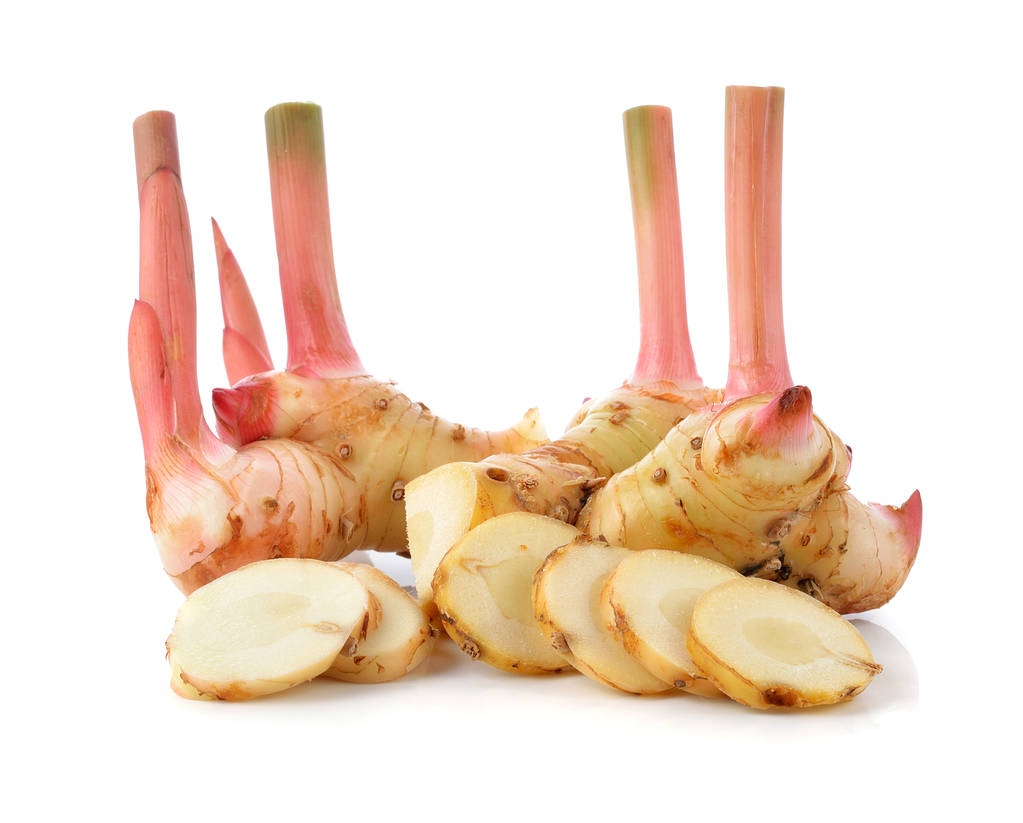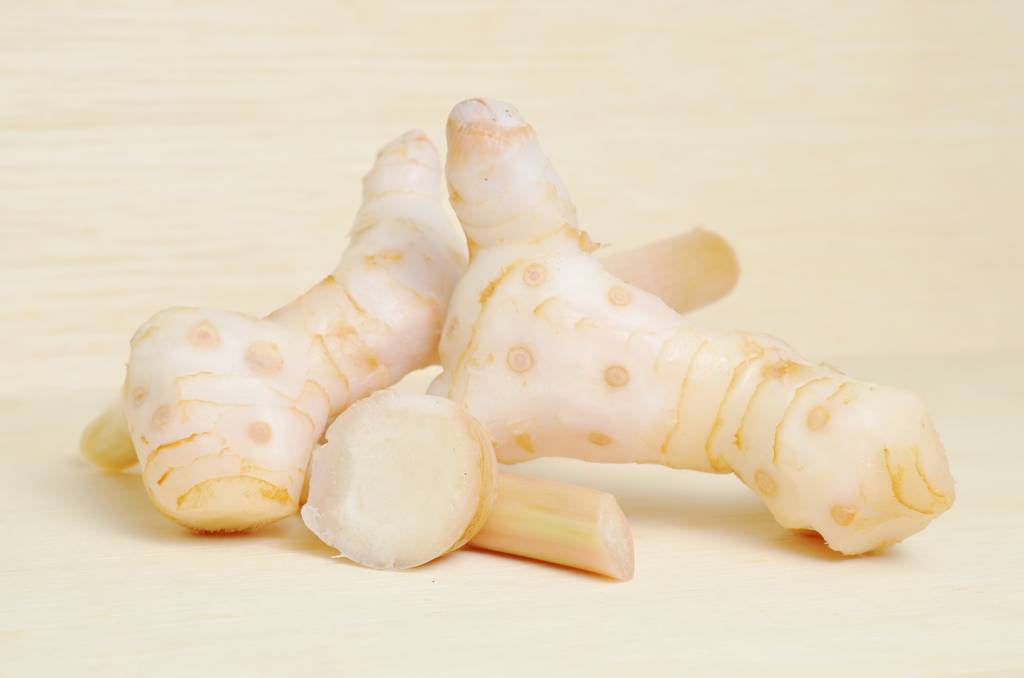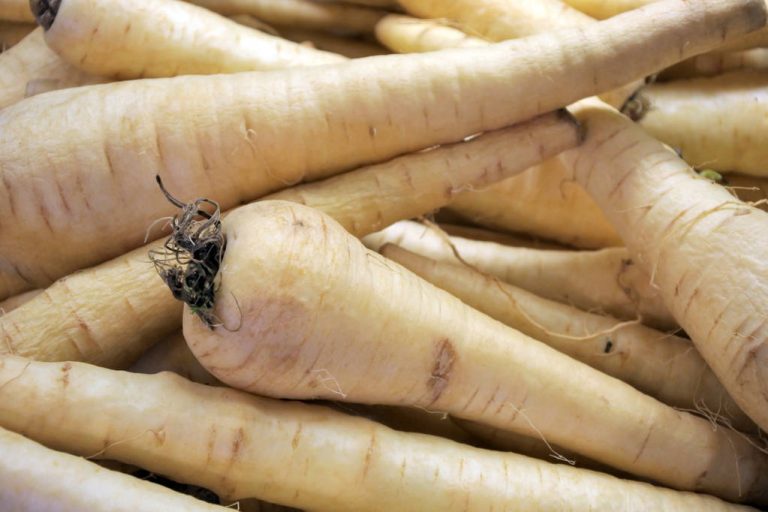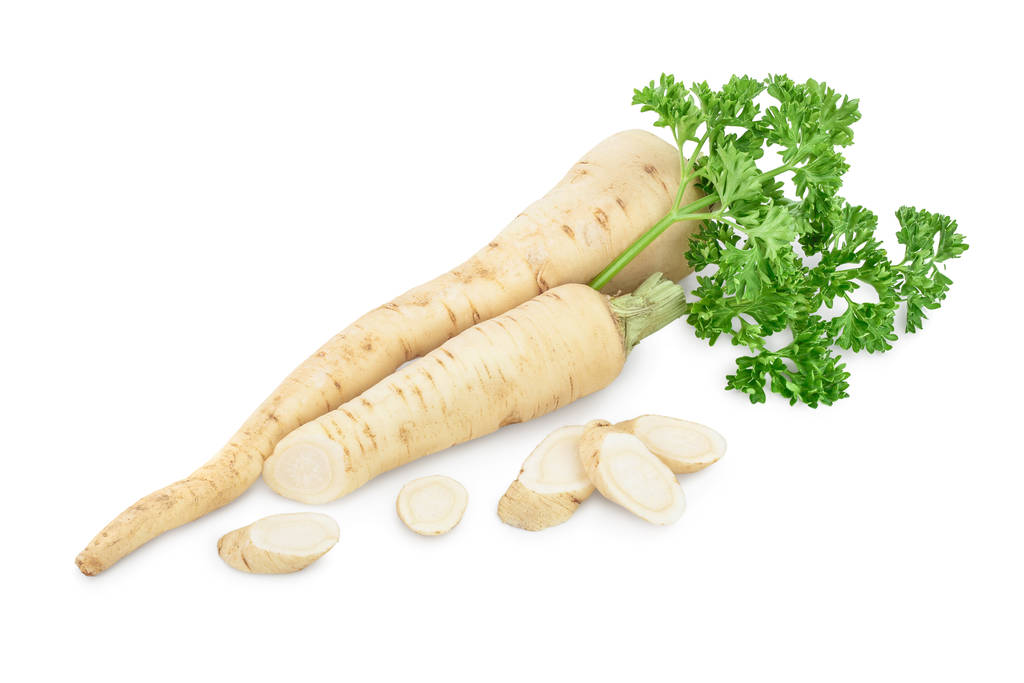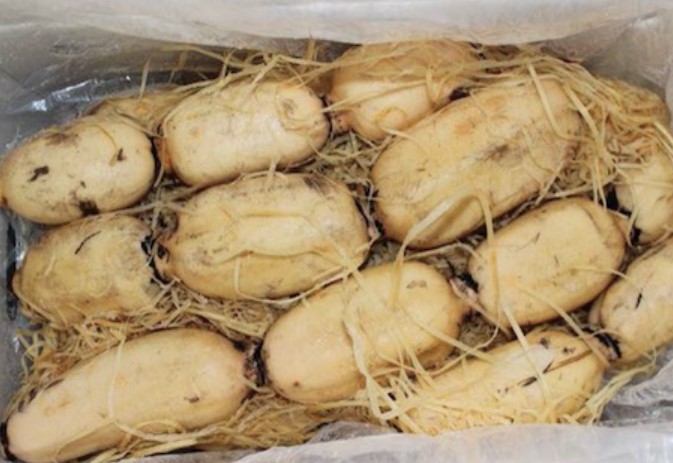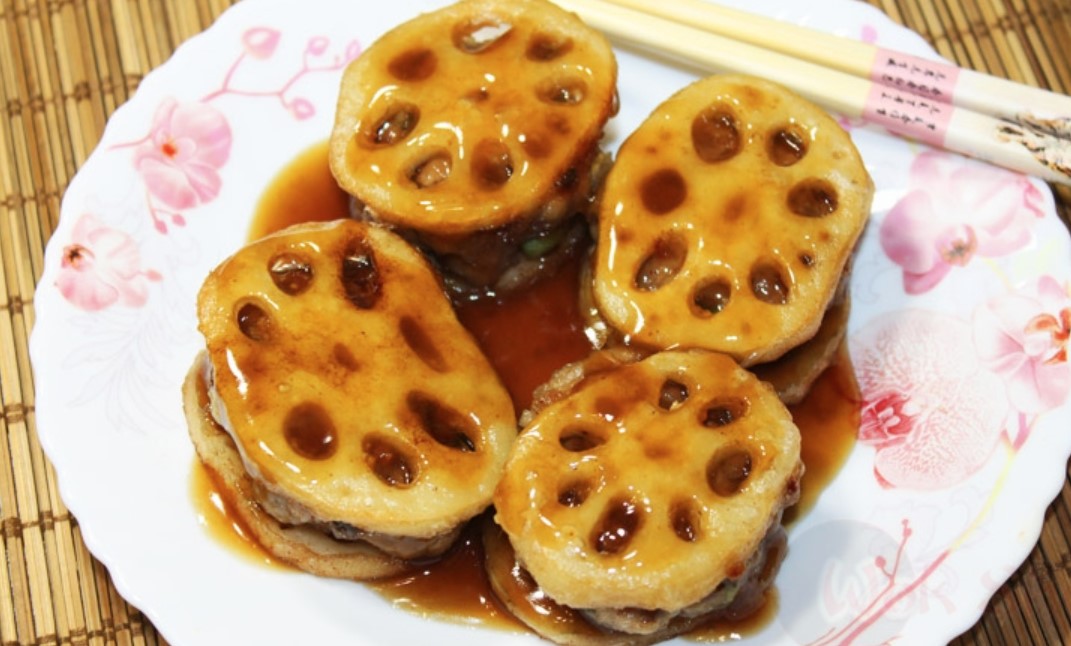Ginseng is probably the best-known medicinal plant from traditional Chinese medicine (TCM). It has the reputation of being able to practically stop aging and at least alleviate almost all age-related problems.
As a tea, extract or powder, the ginseng root is said to strengthen the immune system, help against Alzheimer’s and increase mental performance. In addition, it is said to drive away fatigue, accelerate convalescence after serious illnesses or operations and have a potency-enhancing effect.
With this impressive list of applications, it is no wonder that ginseng is also referred to as the “all-healing root”. But are all of these claims really true, or is it all just a possibility that hasn’t been proven? That’s what we wanted to find out and during our research we came across a completely different, negative aspect of the alleged miracle root.
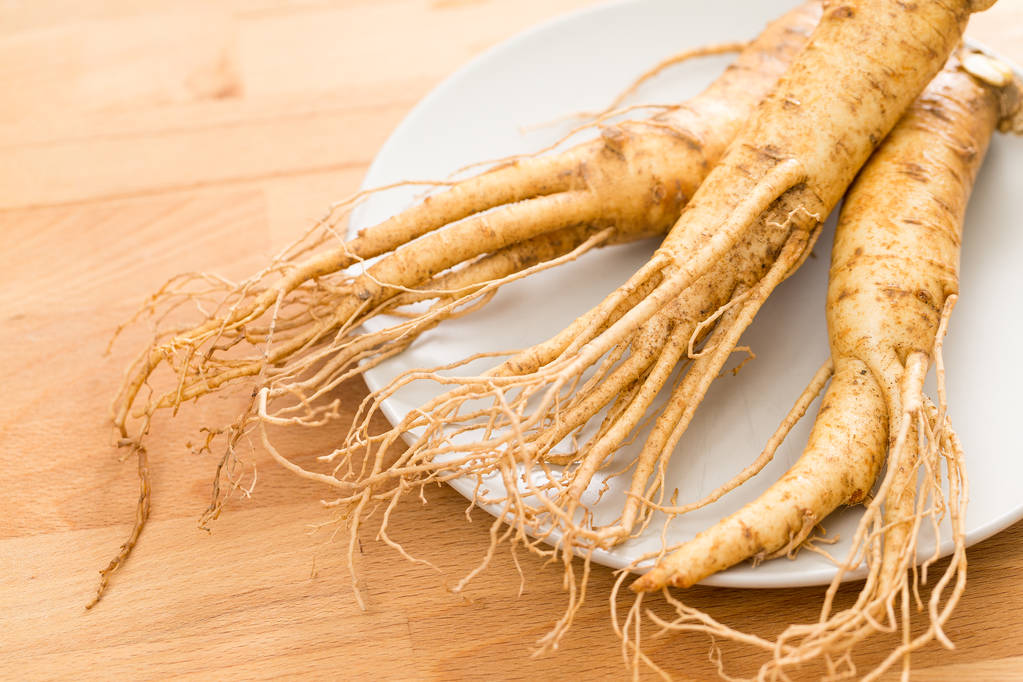
Typology and botanical properties of true Korean ginseng
The term ginseng is colloquially used for several Asian roots, all of which contain the so-called ginsenosides. With Panax Ginseng, the real ginseng from Korea, the concentration and thus the effect is the highest. Other names for real ginseng are Korean or Asian ginseng.
The herbaceous plant, whose roots are considered a natural medicine, originally came from the deciduous and mixed forests of Korea. There were also a few small occurrences of wild ginseng in north-eastern China. In the meantime, however, there are hardly any wild plants left, today’s ginseng comes from plantations. However, the ginseng root is still harvested and cultivated by hand because it requires a lot of care. Incidentally, the name “ginseng” comes from the Chinese and roughly translates to “human root”.
Ginseng is a very slow-growing plant, the roots can only be harvested after at least four, preferably six to eight years.
What is the effect of the ginseng root?
In TCM and in Korea, ginseng has a long tradition as a medicinal plant; the ground root has been used there for over 2000 years. The plant has been known in Europe since the 17th century. It was not recognized as a medicinal plant in this country until the 20th century. The active ingredients contained in the root, the ginsenosides, have been repeatedly examined for their effect in traditional areas of application.
The ginseng root is valued above all as an invigorating agent that stimulates the metabolism, makes you lively and strengthens the immune system. The all-healing root should at least have a supportive effect on almost every type of illness and accelerate convalescence. For the same reason, ginseng is also said to have an anti-aging effect, the ginsenosides are also said to act as free radical scavengers and antioxidants. This in turn should lead to better cognitive and motor performance, especially in older people, but not only. In addition, several studies in American clinics indicate that ginseng can reduce stress, inflammation and the risk of cancer.
The ginseng root is also a hot candidate as a remedy for Alzheimer’s. The miracle root has another important range of effects: it is said to promote potency and libido in men and help women with menopausal symptoms.
So is the ginseng root really a universal healing root?
Because the ginseng root was recognized as a herbal remedy a long time ago, there are a number of studies on the various areas of application. They all suggest that ginseng may actually have the claimed effects. But (and there is always a “but” with such alleged miracle cures): That’s not entirely true. If you take a closer look at the studies, you will discover that they were only carried out in vitro (i.e. in the test tube) or on mice and rats. And even if there were experiments with human subjects, the random samples were only small or the experimental setup was not suitable for excluding other influencing factors. The advertising promises of the manufacturers about the allegedly scientifically proven effect are therefore not correct. The available results provide indications, but nothing more.
On the other hand, the root is quite effective as a pick-me-up and invigorating agent in times of increased stress. The ginsenosides have a similar effect as caffeine. Ginseng therefore has some side effects that must be taken into account. The invigorating effect can lead to high blood pressure and tachycardia; it also enhances the effects of caffeine. Furthermore, ginseng increases the tendency to bleed and is therefore particularly dangerous in combination with ASA (active ingredient in aspirin) and coumarins (anticoagulants). Diabetics, people with high blood pressure and anyone taking the above medications should therefore speak to their doctor before taking them.

The intake: ginseng tea, capsules and tablets
Radix ginseng, the ginseng root, is processed in two ways: the white ginseng is only dried and ground into ginseng powder, the red ginseng is boiled before drying and gets its color in the process. The red variant is said to be more effective. The pure powder is rarely taken, and it is not used for cooking or baking. It is either concentrated in capsules or pressed into tablets, or it is drunk as ginseng tea. In addition, the universal root is also sold in the form of extracts or tonics.
For ginseng tea, pour 150 milliliters of hot water over about three grams of ginseng powder and let the brew steep for five to ten minutes; then you strain the tea and enjoy it. Ginseng capsules and tablets should be dosed according to the information on the package. It should be used daily for at least four weeks, as the effect does not start immediately. Doctors recommend taking a break of several months after three months, as there are no studies on the long-term effects of the universal root. After that, ginseng can be used again for three months.



